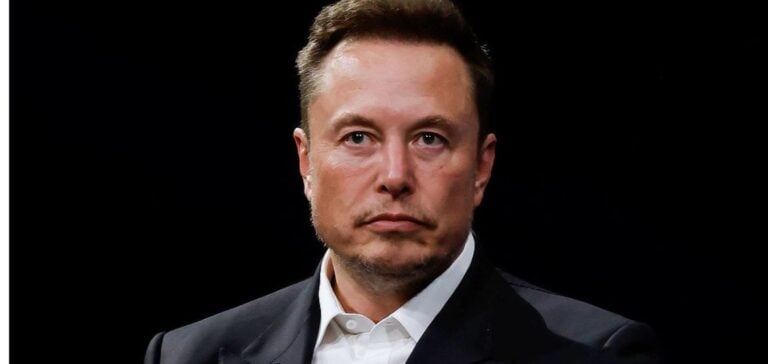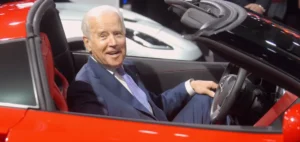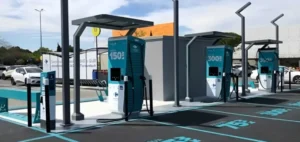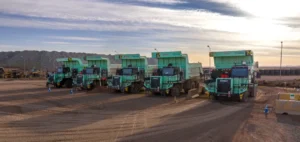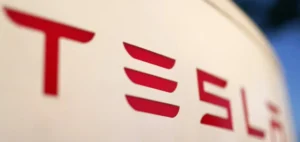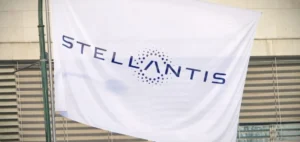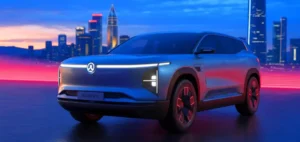According to a letter revealed by several media outlets, Elon Musk has internally announced the elimination of more than 10% of Tesla ‘s global workforce.
Musk informs that the company, having “grown rapidly” in recent years, is now finding “duplication in certain activities”.
This rapid growth has led to overcapacity, which management is seeking to rationalize.
Immediate impact and future prospects
Tesla’s downsizing plan will affect around 14,000 employees, in response to lower-than-expected production and deliveries.
This drastic measure is described by Elon Musk as necessary to make the company “leaner” and better prepared to innovate.
Despite previous successes, the company is having to readjust in the face of changing market conditions and a decline in its position as world leader in electric vehicles, in the face of a competitive Chinese market.
Indeed, Tesla recently lost its title as the world’s leading manufacturer of electric vehicles to BYD, a Chinese competitor, in the final quarter of 2023.
Reactions and short-term consequences
The announcement triggered an immediate drop in Tesla’s share price on the New York Stock Exchange, underlining investors’ concerns about the company’s future.
At the same time, notable management changes are adding to the uncertainty, with the announced departure of two long-serving vice presidents.
These departures could signal a period of broader transition within Tesla’s management.
Analysts at Wedbush Securities believe that Tesla is “caught between two waves of growth”, with increasing pressure on its performance and investor expectations beginning to erode.
The company has to navigate against a backdrop of reduced global demand for electric vehicles, while preparing for the launch of innovative products such as the heralded robotaxi.


